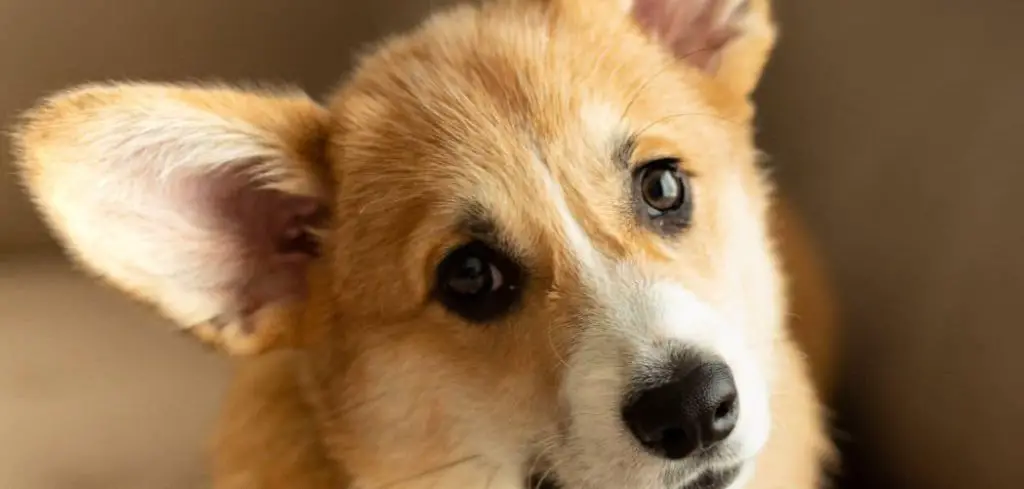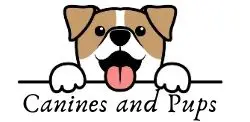If your dog is drooling and yawning frequently, it may seem harmless at first. After all, dogs yawn when they’re tired or relaxed, and a bit of drool here and there is common.
But when these signs appear together, especially if they occur suddenly or more than usual, it could be your dog’s way of telling you something isn’t quite right.
We outline the causes of dog drooling and yawning, what each might mean, and when it’s time to seek help.
Table of Contents
Here’s Why Dog Drooling and Yawning Happens
If your dog is drooling and yawning frequently, it may be a sign of stress, nausea, dental problems, or underlying illness. Yawning in dogs can indicate anxiety or discomfort, while drooling often accompanies nausea, oral pain, or exposure to toxins.
Together, these behaviors may point to a physical or emotional issue—such as motion sickness, dental disease, anxiety, or ingestion of something harmful.
Occasional yawns and slight drool are normal, but persistent or excessive signs warrant a veterinary check-up to rule out serious concerns.

Understanding Dog Drooling and Yawning
Dog drooling is the excessive production of saliva. While some breeds are known for their slobber (like Saint Bernards or Bloodhounds), any dog can drool due to external or internal factors. Saliva plays a role in digestion, but too much of it can be a red flag.
Dog yawning, on the other hand, isn’t just about sleepiness. Dogs yawn to release stress, cool their brain, or express emotions. When yawning happens frequently or is paired with other symptoms like drooling, it could be a signal of discomfort or illness.
While occasional drooling and yawning are normal behaviors, persistent or excessive occurrences suggest something more may be going on beneath the surface.
Common Causes of Dog Drooling and Yawning
1. Nausea or Gastrointestinal Upset
If your dog is drooling and yawning at the same time, one common cause is nausea.
Dogs often drool when they feel sick to their stomach.
The yawning may be a sign of unease or an attempt to cope with the discomfort.
Motion sickness during car rides is a classic example. Dogs that get carsick often pant, yawn, and drool excessively before vomiting.
Similarly, stomach upsets from eating something they shouldn’t—like garbage, spoiled food, or grass—can lead to these symptoms.
Watch for additional signs like lip smacking, licking the air, or eating grass. These behaviors often accompany nausea.
Related: Dog drooling and jaw chattering (Explained)
2. Dental or Oral Health Issues
Dental problems are a frequent cause of excessive dog drooling and yawning.
Issues like gum disease, tooth abscesses, mouth ulcers, or something stuck between the teeth can be both painful and irritating.
Drooling occurs because your dog can’t close its mouth comfortably, while yawning can be a reaction to oral discomfort.
If your dog paws at their mouth, has bad breath, or avoids eating hard food, these may all point toward dental pain.
Regular brushing and routine vet dental checkups can help prevent oral issues from developing.
3. Stress or Anxiety
Dogs yawn and drool when they’re stressed. This is especially true during events like vet visits, thunderstorms, car rides, or being around unfamiliar dogs or people.
Yawning is a calming signal dogs use to soothe themselves or others, while drooling is a physical response to stress.
A dog that’s drooling and yawning due to anxiety may also pace, whine, pant, hide, or show changes in posture.
This response can be especially noticeable in breeds that are sensitive or have strong attachment bonds with their humans.
Yawning increases blood flow and cools the brain, helping dogs manage stress.
Related: Dog Drooling and Runny Nose (Explained)
4. Exposure to Toxins or Irritants
If your dog suddenly starts drooling and yawning excessively, it may have been exposed to something toxic or irritating.
This could include household cleaners, plants, pesticides, or even spicy or bitter-tasting foods.
Drooling happens as the body tries to flush out the irritant, while yawning may result from distress or nausea.
In some cases, the dog may also paw at the mouth or vomit.
If you suspect your dog ingested something toxic, seek veterinary help immediately.
5. Foreign Object in the Mouth or Throat
Sometimes a dog drools and yawns because something is stuck in their mouth—like a splinter, bone shard, stick, or piece of toy.
This can cause discomfort and lead to repeated yawning and drooling as your dog attempts to dislodge it.
Inspect your dog’s mouth carefully if you notice them pawing at their face, gagging, or refusing to eat.
6. Heat Stress or Overheating
Dogs don’t sweat like humans. Instead, they rely on panting and drooling to cool off.
If your dog is yawning and drooling more than usual, especially on a hot day, they may be experiencing mild heat stress.
Overheating causes heavy panting, excessive saliva production, yawning, and sometimes vomiting.
Always ensure your dog has access to water and shade. Never leave them in a hot car.
Related: Dog Drooling and Swaying (Explained)
7. Pain or Physical Discomfort
Yawning is often an overlooked sign of pain in dogs. When combined with drooling, it may point to discomfort that’s not limited to the mouth.
For instance, dogs with neck or jaw pain may yawn due to tension or avoidant behaviors.
Other physical issues—like ear infections, joint pain, or even gastrointestinal distress—can cause your dog to drool and yawn in response to pain.
Subtle signs like restlessness, changes in behavior, limping, or refusal to play.
8. Neurological Conditions
Although less common, certain neurological disorders can cause dog drooling and yawning episodes.
Seizure disorders, for example, may start with unusual facial movements, jaw chattering, drooling, and yawning as part of the pre-ictal (aura) phase.
If your dog experiences repeated episodes of drooling and yawning alongside disorientation, trembling, or eye twitching, it’s essential to consult your vet.
Only a veterinary diagnosis can confirm neurological involvement.
When to Seek Veterinary Help
Occasional drooling and yawning in dogs are often nothing to worry about.
But if these signs appear suddenly, increase in intensity, or are paired with other symptoms, it’s time to take action.
Contact your vet if you notice:
Constant or excessive drooling
Yawning that seems forced or frequent
Refusal to eat or drink
Vomiting or diarrhea
Behavioral changes (lethargy, aggression, hiding)
Signs of pain or injury
Possible ingestion of toxic substances
Dogs can’t speak, so their body language is key.
Repeated drooling and yawning may be a cry for help rather than just quirky behavior.
What You Can Do at Home
Before you get to the vet, there are some things you can do to observe and help your dog:
Check their mouth for anything stuck or signs of irritation.
Monitor temperature and ensure your dog stays cool.
Note other behaviors, like vomiting, pacing, or panting.
Avoid giving food or treats until the cause is known.
Record a video of the behavior to show your vet.
Key Takeaway: Why Is My Dog Drooling and Yawning?
If your dog is drooling and yawning, the causes can range from stress and nausea to dental problems or something more serious like poisoning or neurological issues.
While an occasional yawn or dribble of drool is normal, excessive or combined symptoms should not be ignored.
Always pay attention to your dog’s body language and any additional signs that accompany these behaviors.
Whether it’s discomfort, illness, or stress, identifying the cause early ensures timely care and keeps your furry friend safe and healthy.
